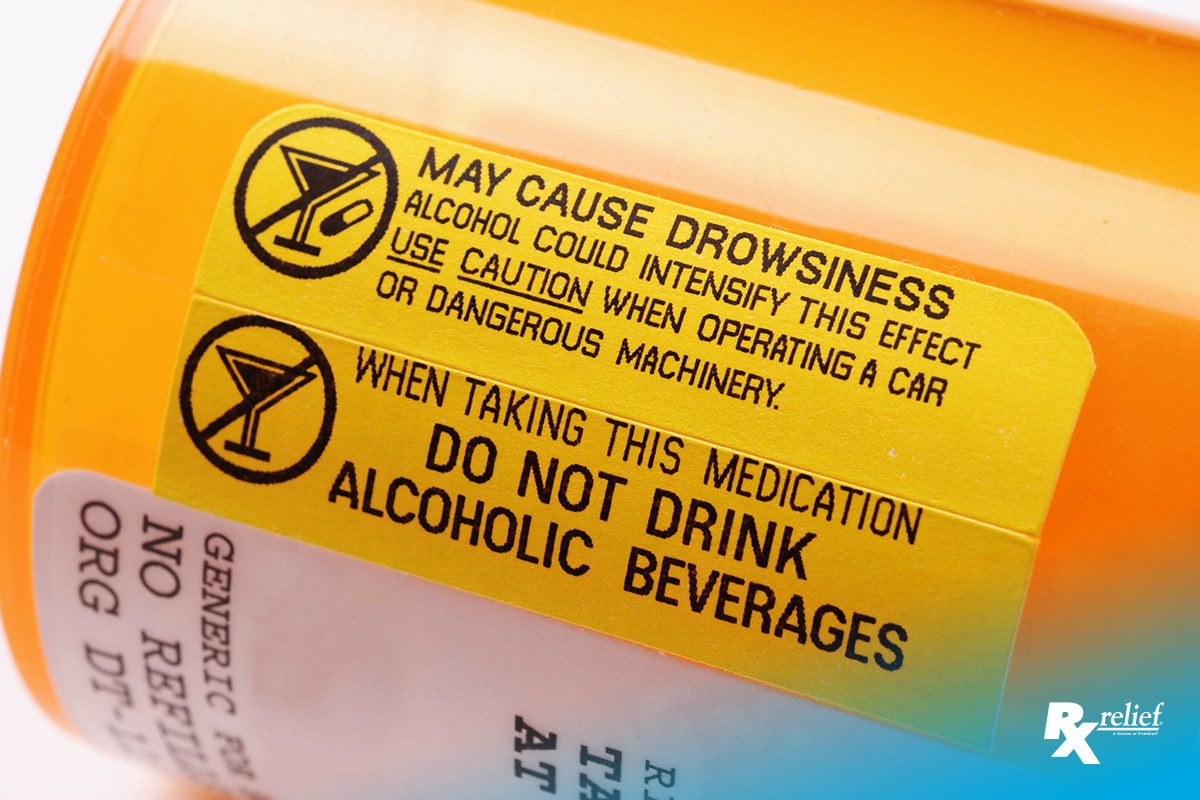Don’t Scare Your Patients: How to Communicate Side Effects Without Scaring Patients

As with many things, fear is often the result of ignorance, when the imagination takes off and leaves reason far behind. There is now a lack of communication between patients and healthcare providers about medications, and as a result, patients are not getting all of the information they need about the benefits and risks of their medication.
To put patients at ease, pharmacists need to give them the information they need, listen to their concerns and show empathy. Doing these things will go a long way toward giving patients confidence in their medications.
Interacting with Patients
The interaction with the patient begins with the pharmacist introducing himself or herself and explaining why he or she is counseling the patient. The pharmacist should learn about all the medications that the patient is taking. Then, the pharmacist should talk with the patient to see how well the person understands why he or she is receiving the particular prescription. The pharmacist also needs to address any concerns or issues the patient may have.
This counseling has several goals – ensuring that patients better understand the nature of their illness and how the medication works to treat it, improving adherence, reducing adverse effects, and giving the patient better coping methods for adverse effects that may arise.
When the pharmacist talks about the medication, he or she needs to cover the following issues – the name and potency of the drug, why the physician has prescribed it and how it works, how to take it, how long to take it, how it will help, possible side effects, the amount of time elapsed before the patient will see improvement, and what to do if the patient misses a dose.
Talking About Side Effects With Pharmacy Patients
The pharmacist needs to inform the patient about potential common and severe side effects, what the patient can do to prevent or minimize them, and what the patient should do if he or she experiences any of the side effects, which includes contacting his or her physician, pharmacist or another healthcare provider.
When talking to the patient, the pharmacist needs to use language that the patient understands and lay out the information in a logical order. The pharmacist also needs to take the time to listen to the patient, without judging him or her. Pharmacists should also encourage patients to talk about any concerns, fears, or problems they may have so they can be resolved. It’s important to acknowledge the patient’s feelings.
Taking the time to talk with patients in an empathetic way, thoroughly covering all aspects of the treatment and ensuring that the patient understands the information and answering any questions and concerns, will help calm any fears that patients may have about side effects.
Rx relief: Pharmacy Recruitment Specialists
Rx relief is one of the top pharmacy placement firms, with the awards to prove it. Rx relief works with each pharmacist individually, partnering with candidates to provide the best service possible, to find the job that is the best fit. Give Rx relief a call today.



